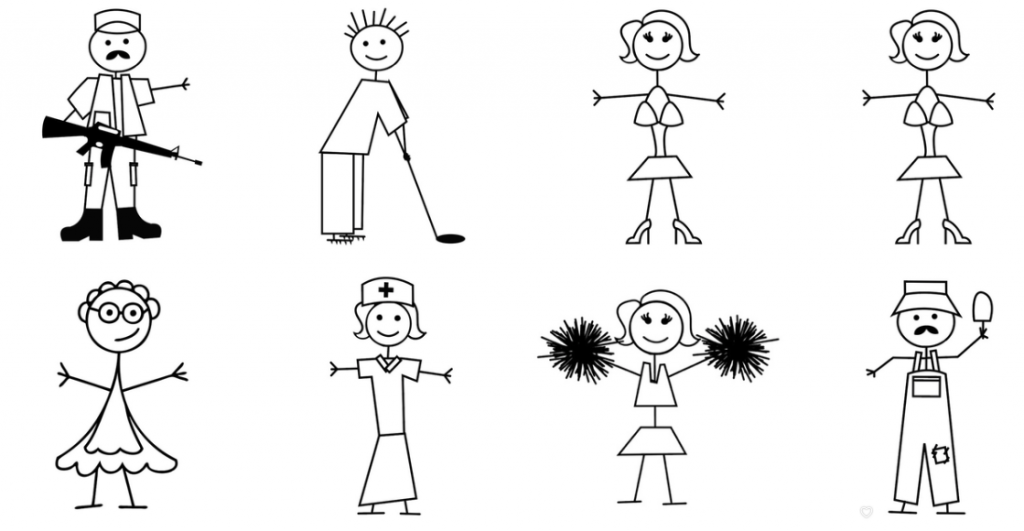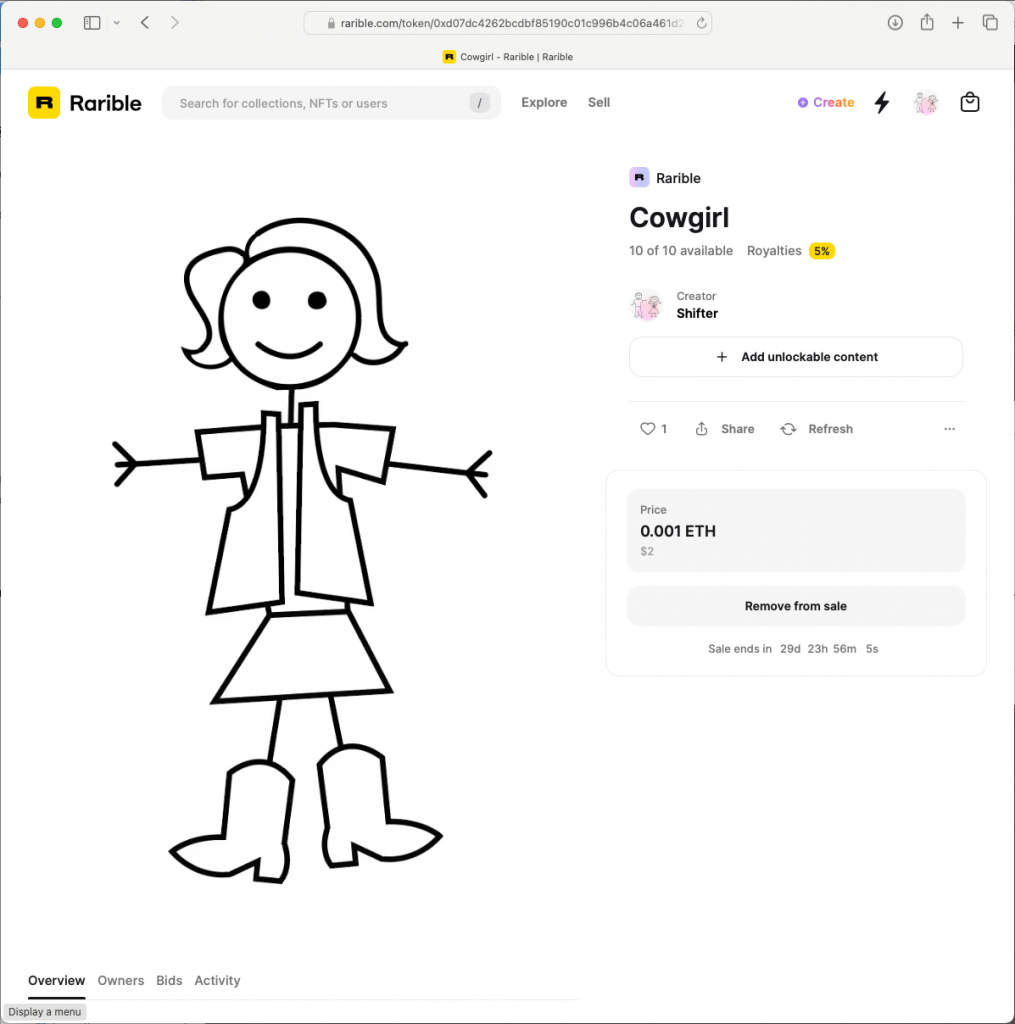
Understanding emerging technologies even if it is legitimately part of a consumer hype is something I have always enjoyed getting involved in. Like financial investments, buying the rumor and selling the news, is a mantra I have lived by when it comes to new opportunities. NFT’s as part of the larger Web3 stack were one of these hyped booms no different than the Metaverse and Quantum Computing, all hype, thanks to the media. Now that the dust has settled a little, the trough of disillusionment is set in, here are a few of my experiences and insights from my journey with the technology.
Most expensive NFT ever sold? EVERYDAYS: The first 5000 Days @ $69.3M
No different to the other emerging technologies, I like to familiarize myself with applications, solutions or use-cases that these technologies can offer through learning and experimenting – and based on my experience, needs or scenarios, how I could build something to help me gain an understanding – just enough so I can pitch it to my friends or kids 🙂 During the NFT hype I spent some time minting my own original artwork of yes, you guess it, the simplest of art I am capable of … stick figures. The process is quite straight forward, and if it was not for the cost (at the time around $200 per contract) I probably would have created a few more. My primary concern with NFT’s was, and still is, the value of “binary code” is $0. Thanks to binary, and the underlying foundation of computing, anything rendered on a display can also be copied, cached, downloaded, cloned and subsequently modified, in essence, digital art, graphics and photos are reproducible and it’s no different with NFT’s. There is no stopping you, right clicking, downloading and minting the exact same NFT from my artwork, sure it might not be original, but you could claim it is, and you may have a higher marketing budget to reach a larger audience, and I am out … Physical artwork is much harder, while clones, reproductions and replicas do exist, authenticity is relatively easier to guarantee to your buyers. How do art based NFT’s overcome this? Is there a solution in the near future? Is this only my concern, or a common one? Would you pay for NFT art?


Here is the tech stack/process I used:
- Created artwork
- Generated artwork metadata
- Uploaded images to IPFS (Inter Planetary File System) Piñata (essentially a static hosting service for Web3 content)
- Create a smart contract which references the IPFS
- Deploy the contract to a test network
- Mint an image using the test network
- Pending success, deploy the contract to a production network
- I listed my items on Rarible.com
Each image was around 0.15 ETH to mint, not cheap which is probably why I didn’t release too many more.
If you are interested, you can find my collection here: https://rarible.com/shifter426/owned

You must be logged in to post a comment.